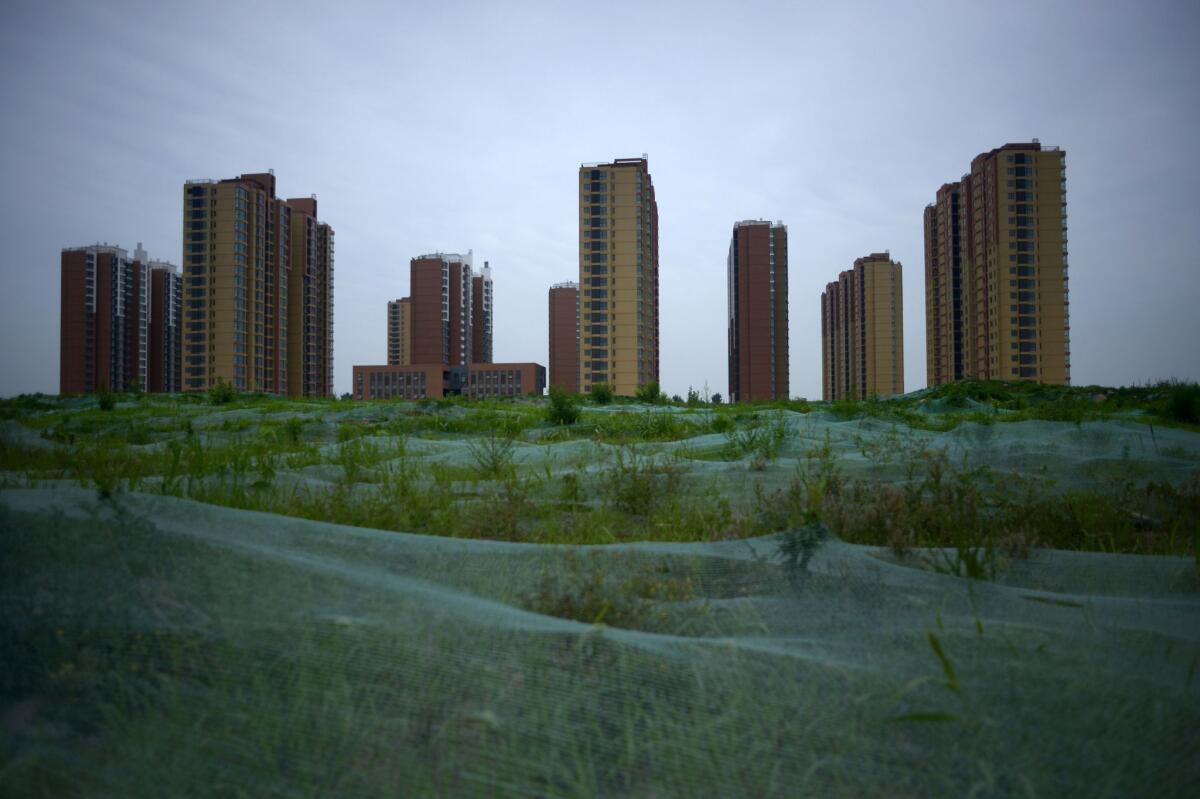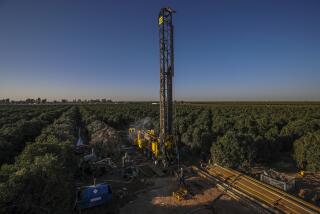Beijing is sinking at an alarming rate, research shows

The land under Beijing is sinking by as much as four inches per year because of the overconsumption of groundwater, according to research published in the journal Remote Sensing this month.
The rate of sinking threatens “the safety of the public and urban infrastructure,” the study says. This is because uneven sinking could damage trains, buildings and other structures.
Experts from China, Spain and Germany worked together to analyze data from satellite imaging and global positioning sensors and tracked changes in the ground level from 2003 to 2011.
Their findings were first drafted earlier this year and revealed that the city’s Chaoyang district, home to Beijing’s growing Central Business District, is sinking fastest, at a rate of more than four inches per year. Researchers also estimated that some areas sank more than 30 inches over the study period.
In addition to identifying critical regions, the study discovered factors that contribute to sinking. Low groundwater levels are the main cause, but aquifer type, the location of water pumps and the thickness of soft soil also correlated with sinking rates.
Beijing is ranked as the fifth-most water stressed city in the world, with the demand for water exceeding the available supply. Most of the water used for agriculture, industry and personal use comes from the city’s underground aquifers.
But the Chinese capital’s rapid growth has caused an increasing and unsustainable consumption of water, the study says.
The depletion of groundwater causes underlying soil to compact, creating a phenomenon called subsidence. The Beijing region has been experiencing this phenomenon since 1935, according to researchers, but the rate of sinking is now increasing at an alarming rate.
Sinking land is a problem not only in Beijing.
“China has 45 cities and municipalities where disastrous land subsidence have occurred or is occurring,” the study’s researchers said in an email to The Times.
Mexico City; Jakarta, Indonesia; Bangkok, Thailand; and the San Joaquin Valley are also experiencing similar problems.
Land subsidence in Beijing could be stopped and part of the sunken land could even be recovered if the city ends pumping and the natural groundwater is restored, the study’s researchers said.
China’s government has already made moves aimed at fixing the problem.
China’s State Council approved a plan to prevent land subsidence in 2012 that involves limiting groundwater usage and monitoring affected areas. And last year, China completed the South-North Water Diversion project, a nearly 1,500-mile network of canals and tunnels to transfer water to Beijing.
The Chaoyang district has also announced plans to retire 367 water wells to reduce its reliance on groundwater, according to China Daily.
But experts say it’s too soon to tell if these measures are enough to halt Beijing’s sinking problem.
The researchers later this year will release an analysis of sinking on high-speed railways and other critical infrastructure.
More to Read
Sign up for Essential California
The most important California stories and recommendations in your inbox every morning.
You may occasionally receive promotional content from the Los Angeles Times.










